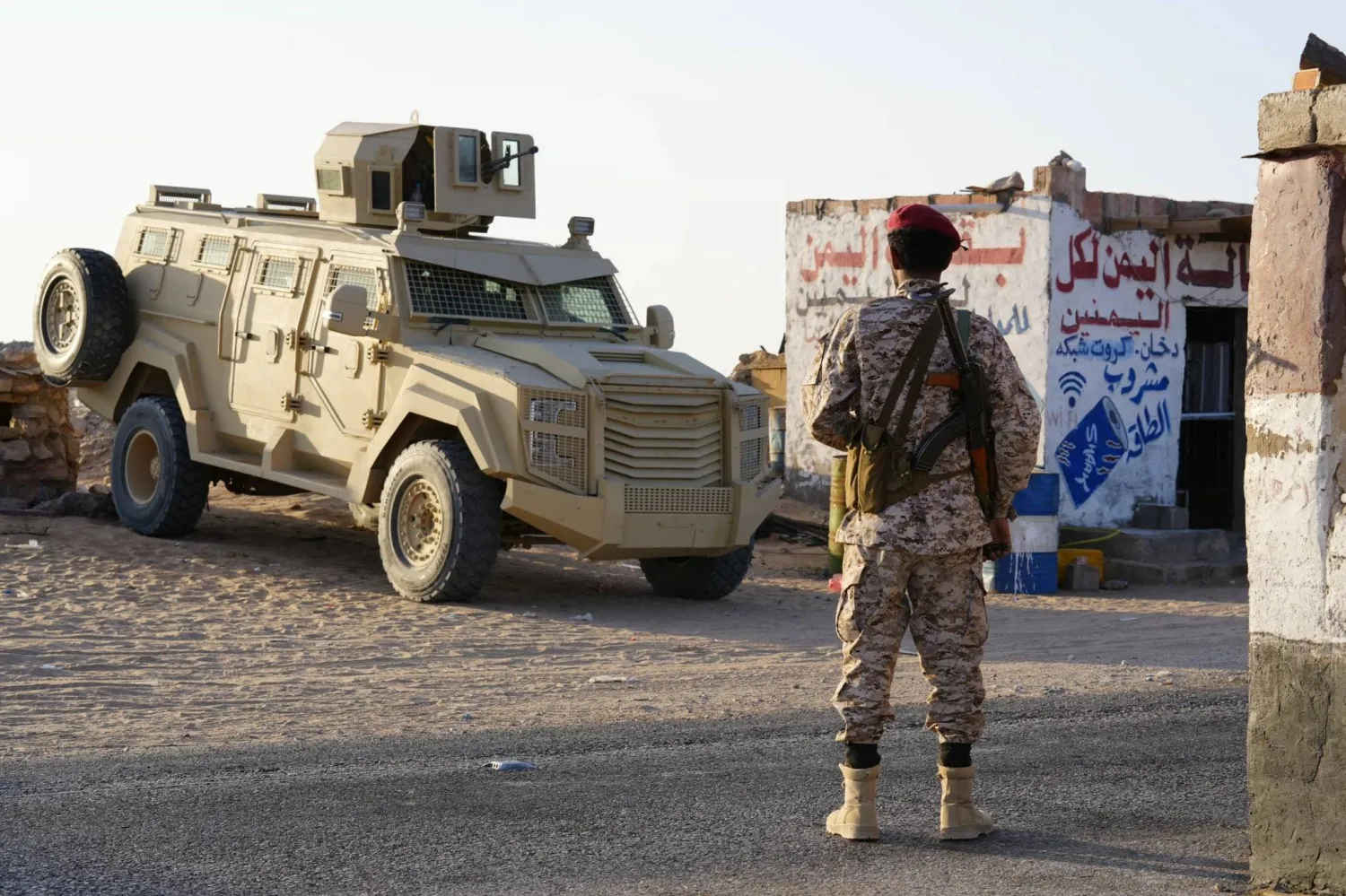US airstrikes targeting Yemen’s capital killed 12 people and wounded 30 others, the Houthi group said early Monday.
The deaths mark the latest in America’s intensified campaign of strikes targeting the Houthis. The US military’s Central Command declined to answer questions about the strike or discuss civilian casualties from its campaign.
The Houthis described the strike as hitting the Farwa neighborhood market in Sanaa’s Shuub district. That area has been targeted before by the Americans.
Footage aired by the Houthis' al-Masirah satellite news channel showed damage to vehicles and buildings in the area, with screaming onlookers holding what appeared to be a dead child. Others wailed on stretchers heading into a hospital
Strikes overnight into Monday also hit other areas of the country, including Yemen's Amran, Hodeida, Marib and Saada governorates.
The strikes come after US airstrikes hit the Ras Isa fuel port in Yemen last week, killing at least 74 people and wounding 171 others.
The strikes follow the resumption of negotiations in Rome between the US and Iran over Tehran’s rapidly advancing nuclear program, which Washington has linked to its attacks in Yemen.
The US is targeting the Houthis because of the group’s attacks on shipping in the Red Sea, a crucial global trade route, and on Israel. The Houthis are the last militant group in Iran’s self-described “Axis of Resistance” that is capable of regularly attacking Israel.
The new US operation against the Houthis under Trump appears more extensive than attacks on the group were under President Joe Biden, an AP review found. The new campaign started after the group threatened to begin targeting “Israeli” ships again over Israel blocking aid from entering the Gaza Strip.
From November 2023 until this January, the Houthis targeted more than 100 merchant vessels with missiles and drones, sinking two of them and killing four sailors. That has greatly reduced the flow of trade through the Red Sea corridor, which typically sees $1 trillion of goods move through it. The Houthis also launched attacks targeting American warships without success.
Assessing the toll of the month-old US airstrike campaign has been difficult because the military hasn’t released information about the attacks, including what was targeted and how many people were killed. The Houthis, meanwhile, strictly control access to attacked areas and don’t publish complete information on the strikes, many of which likely have targeted military and security sites.
US Airstrikes Killed 12 People in Yemen’s Capital

Yemenis watch a damaged vehicle at Farwah popular market which Houthis said it was struck by US airstrikes in Sanaa, Yemen, Monday, April 21, 2025. (AP Photo)

US Airstrikes Killed 12 People in Yemen’s Capital

Yemenis watch a damaged vehicle at Farwah popular market which Houthis said it was struck by US airstrikes in Sanaa, Yemen, Monday, April 21, 2025. (AP Photo)
لم تشترك بعد
انشئ حساباً خاصاً بك لتحصل على أخبار مخصصة لك ولتتمتع بخاصية حفظ المقالات وتتلقى نشراتنا البريدية المتنوعة







